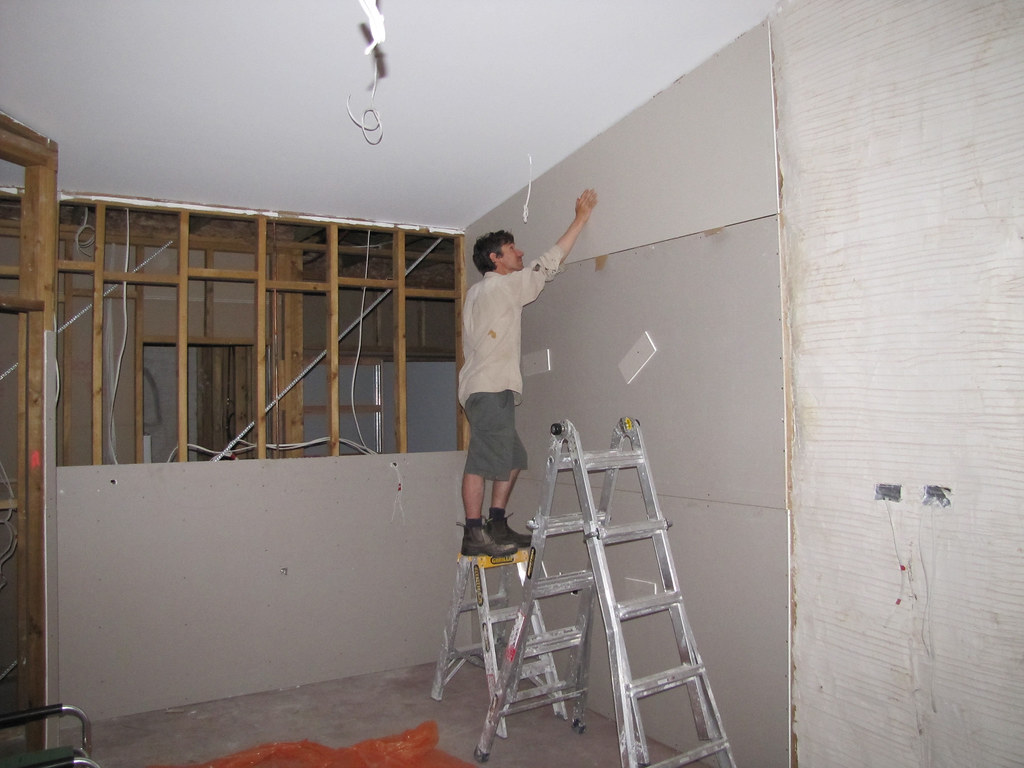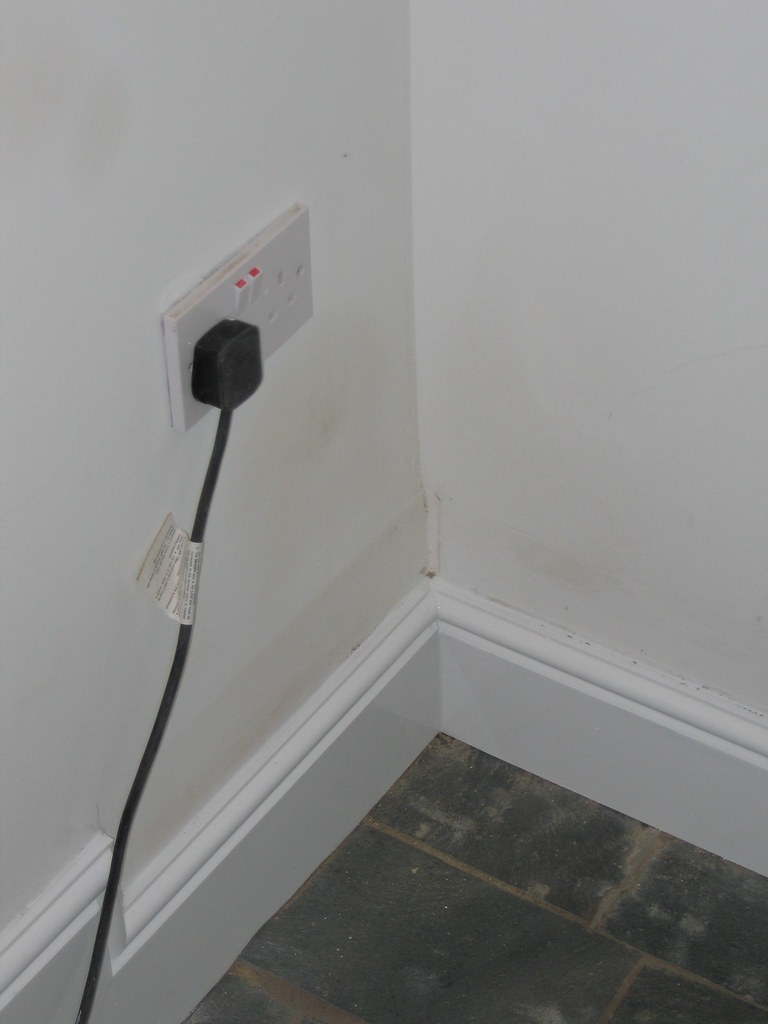Summary
– Gypsum plasterboard: ideal for partitioning in renovation projects.
– Different categories of gypsum plasterboard
– Two plasterboard installation techniques
In construction, walls can be built in different types of materials, depending on the desired style and finishes: wood, natural stone, brick, concrete or plaster.
Plaster has been used since antiquity and is one of the oldest materials used for solid constructions. Nowadays, plaster in powder form or in the form of prefabricated elements is mainly used in the building sector. For example, it is used for wall cladding, among other things. We’ll tell you all about it in detail right away!
Gypsum plasterboard: ideal for partitioning in renovation work

Gypsum plasterboard makes up most of the partitions or lining of our dwellings.
The choice of materials is important to make partitions:
– plasterboard is the major asset in renovation,
– in new construction, the choice of solutions is more open.
Gypsum plasterboard uses a drywall technique, unlike plaster tiles, plaster bricks or aerated concrete, which are based on a wet wall technique.
Different categories of gypsum plasterboard

For each use of plasterboard, it is possible to mix the different categories in the same room.
Good to know: Fibre-reinforced sheets are particularly suitable for the construction of timber-framed houses: their edge is specific.
Here is a table of the different categories of gypsum plasterboards and their use:
| PLASTERBOARD: CATEGORIES & USES | ||
| CATEGORY | TYPE | USAGES |
| Standard plate. Colour: white | A | Partition. Ceiling. Lining. |
| Waterproof plate. Colour : green or blue | H ; Classified 1, 2, 3 ; 1 : better water repellency. | In wet areas: shower partition, bathroom, kitchen. For partition, ceiling, lining. Can be used as a standard plate. |
| Fireproof plate. Colour: pink | F ; Rated M : M0: non-combustible, M1: Non-flammable. | Wherever fire protection is required. Partition, ceiling, lining. |
| High density plate | D | Wherever additional impact protection and/or acoustic improvement is required. |
| Plate with high surface hardness. | I | Specific application where increased surface hardness is required. |
Two plasterboard installation techniques
There are two installation systems for plasterboard partitions:
– screwed installation of plasterboard on metal rails,
– Laying plasterboard panels on a honeycomb core.
The use of each technique depends on the use that one wishes to make of it. For expert advice and durable and affordable cladding services, you can call the Render Man in Melbourne Eastern Suburbs.
And, remember to leave your comments below!
Pingback: How to Create an Opening in a Non-load-Bearing Wall | Building Pros